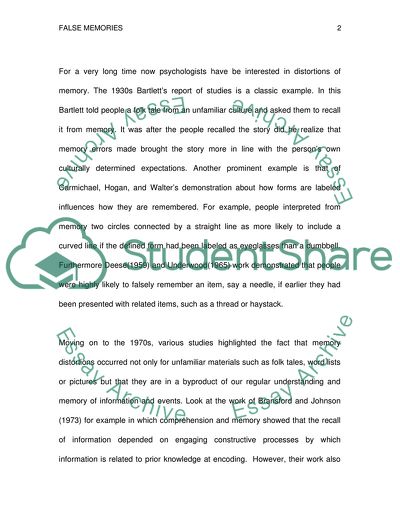Cite this document
(History of False Memories Research Paper Example | Topics and Well Written Essays - 3000 words - 1, n.d.)
History of False Memories Research Paper Example | Topics and Well Written Essays - 3000 words - 1. Retrieved from https://studentshare.org/psychology/1750197-cog-wk6
History of False Memories Research Paper Example | Topics and Well Written Essays - 3000 words - 1. Retrieved from https://studentshare.org/psychology/1750197-cog-wk6
(History of False Memories Research Paper Example | Topics and Well Written Essays - 3000 Words - 1)
History of False Memories Research Paper Example | Topics and Well Written Essays - 3000 Words - 1. https://studentshare.org/psychology/1750197-cog-wk6.
History of False Memories Research Paper Example | Topics and Well Written Essays - 3000 Words - 1. https://studentshare.org/psychology/1750197-cog-wk6.
“History of False Memories Research Paper Example | Topics and Well Written Essays - 3000 Words - 1”, n.d. https://studentshare.org/psychology/1750197-cog-wk6.


